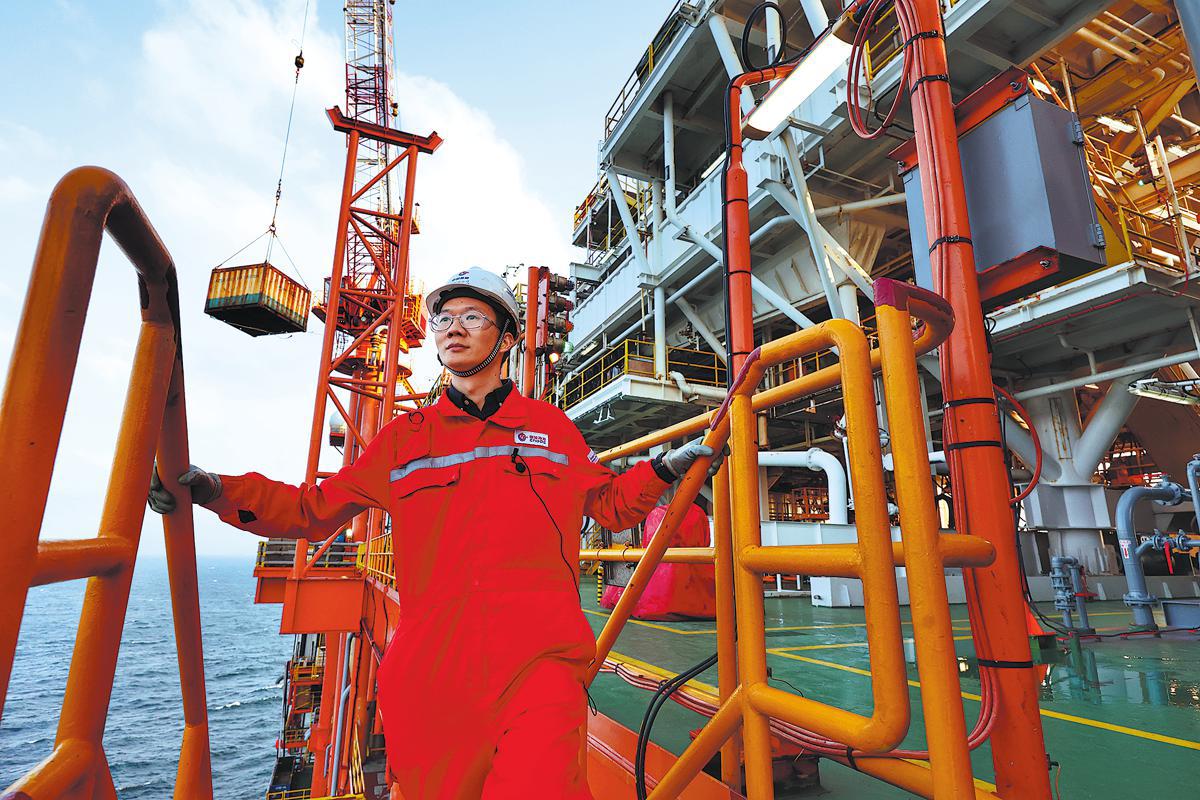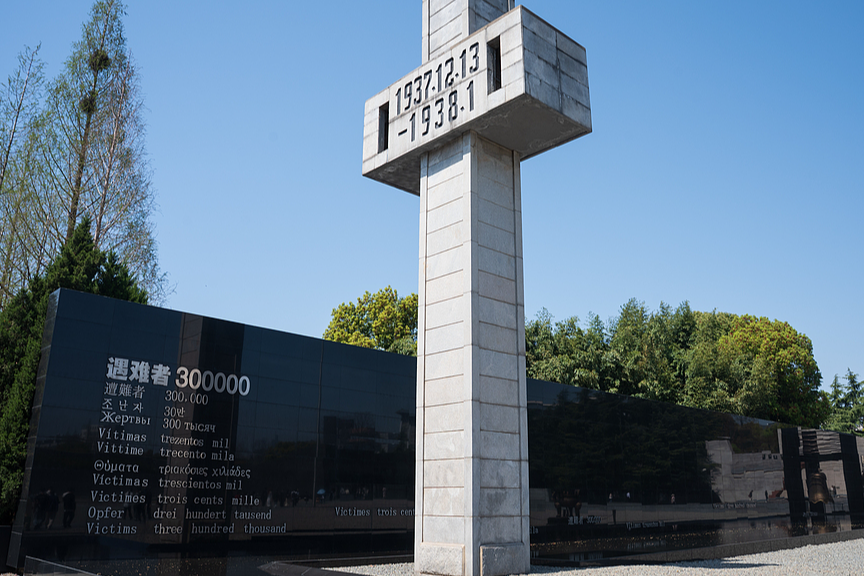Deep-sea vault built to capture CO2
Carbon storage project beneath South China Sea set to secure millions of tons of greenhouse gas


One stone, two birds
The use of CO2 flooding will foster a win-win scenario by reducing emissions while enhancing oil production, said Mei Chuang, offshore installation manager of the Enping 15-1 platform. This marks a major leap from CO2 storage alone, to its active utilization.
Over the next 10 years, the project will inject over 1 million tons of CO2 into the Enping 15-1 oilfield, increasing crude oil production by 200,000 tons.
Li Wei, an offshore installation manager at the oil platform, said the associated gas in Enping's reservoir contains an exceptionally high CO2 concentration of about 95 percent.
Li is one of approximately 90 maintenance personnel working on the platform.
This gas undergoes a rigorous treatment process: separation and consolidation followed by dehydration and filtration through a pressurization system, before being injected into a dome structure within the deep saline aquifer.
While some sequestered CO2 may resurface during oil recovery, it's recaptured and reused, creating a closed-loop system that boosts production while slashing emissions.
Li said that other gases from the reservoir are utilized for on-site power generation, enabling the platform to achieve full energy self-sufficiency. "This approach not only ensures operational independence but also significantly reduces our emissions," he said.
























